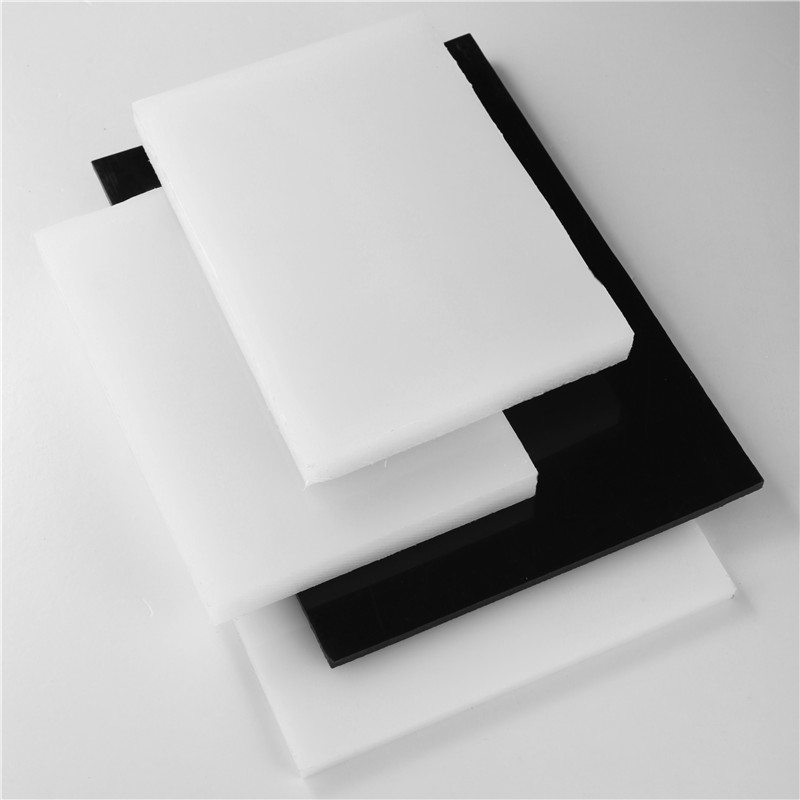Oct . 17, 2024 18:21 Back to list
ppr hot water pipe
Understanding PPR Hot Water Pipes
In recent years, the demand for efficient and durable piping solutions in construction and plumbing projects has increased significantly. Among the various materials available, Polypropylene Random Copolymer (PPR) pipes have gained popularity, especially in hot water applications. This article explores the advantages of using PPR hot water pipes, their characteristics, and their contributions to modern plumbing systems.
What is PPR?
Polypropylene Random Copolymer (PPR) is a type of thermoplastic polymer known for its resilience, versatility, and long lifespan. It is highly regarded in the plumbing industry due to its excellent thermal and chemical stability. PPR pipes are manufactured through a method that incorporates random copolymerization, making them suitable for transporting hot water without compromising structural integrity.
Advantages of PPR Hot Water Pipes
1. High Temperature Resistance PPR pipes are designed to withstand elevated temperatures, making them ideal for hot water delivery systems. They can typically handle temperatures up to 95°C (203°F) under pressure, ensuring reliable performance in residential, commercial, and industrial applications.
2. Corrosion Resistance One of the most significant advantages of PPR is its resistance to corrosion and scaling. Unlike metal pipes, which can corrode over time and potentially contaminate water, PPR provides a contaminant-free environment that maintains water quality.
3. Low Thermal Conductivity PPR pipes possess low thermal conductivity, which means they minimize heat loss when used in hot water systems. This characteristic enhances energy efficiency, reduces heating costs, and contributes to sustainable building practices.
4. Lightweight and Easy to Install Compared to traditional materials like steel or copper, PPR pipes are lightweight, making them easier to handle, transport, and install. This leads to reduced labor costs and shorter installation times, which can be crucial in large construction projects.
ppr hot water pipe

5. Flexibility and Durability PPR pipes are quite flexible, allowing for easy manipulation during installation. This flexibility helps to absorb pressure fluctuations within the system, reducing the risk of pipe failures. Furthermore, PPR is durable, with a lifespan exceeding 50 years when correctly installed, making it a long-term investment.
6. Cost-Effective Solution While the initial cost of PPR pipes may be slightly higher than some conventional materials, their long-term benefits, including lower maintenance and replacement costs, make them a cost-effective choice in the long run.
Applications of PPR Hot Water Pipes
PPR hot water pipes are versatile and can be used in various applications. They are commonly employed in
- Residential Heating Systems PPR pipes are ideal for distributing hot water in homes, providing a reliable source for domestic hot water systems, radiators, and underfloor heating.
- Commercial Buildings In commercial settings, PPR pipes are utilized for hot water supply in kitchens, bathrooms, and HVAC systems, offering an efficient solution for large-scale plumbing needs.
- Industrial Applications Many industries utilize PPR pipes for transporting hot water and other fluids, including in food processing, pharmaceuticals, and chemical manufacturing, where purity and temperature control are critical.
Conclusion
PPR hot water pipes offer numerous advantages that make them an excellent choice for modern plumbing systems. Their durability, resistance to corrosion, and energy efficiency contribute to sustainable construction practices and long-term savings. As the demand for reliable and effective plumbing solutions continues to grow, PPR pipes will likely remain a preferred option for both residential and commercial projects. Understanding the benefits of PPR can help homeowners, builders, and engineers make informed decisions in their piping selections, ultimately leading to better efficiency and performance in hot water delivery systems.
-
Durable PP Rigid Sheet: Lightweight, Chemical Resistant Solutions
NewsAug.21,2025
-
PVC Grey Sheet for Extraction: Chemical Resistant & Durable
NewsAug.19,2025
-
Durable PVC Pipe Fittings for Plumbing & Irrigation Needs
NewsAug.18,2025
-
HDPE Steel Belt Reinforced Spiral Corrugated Pipe | High Strength
NewsAug.17,2025
-
HDPE Pipe Fittings: Durable, Leak-Proof Solutions
NewsAug.16,2025
-
Premium CPVC Sheet: High-Temp & Chemical Resistant Solutions
NewsAug.15,2025

